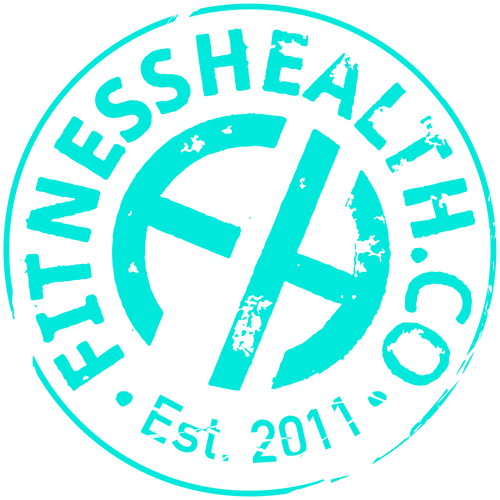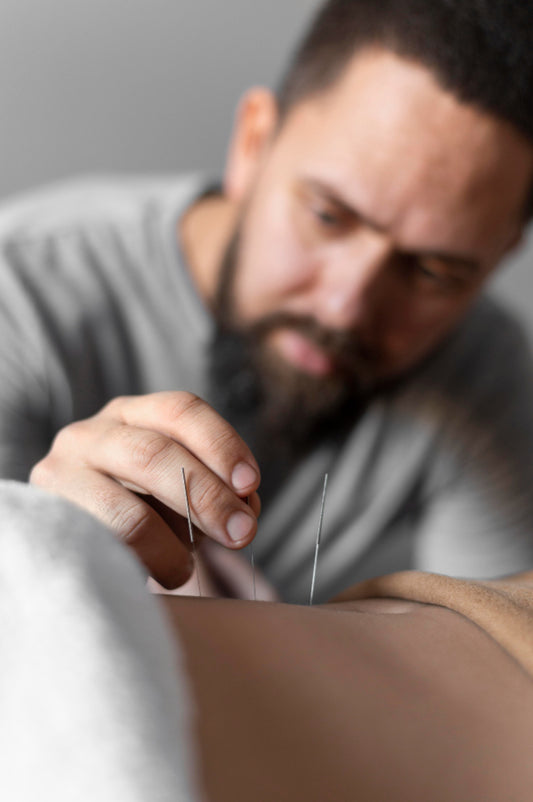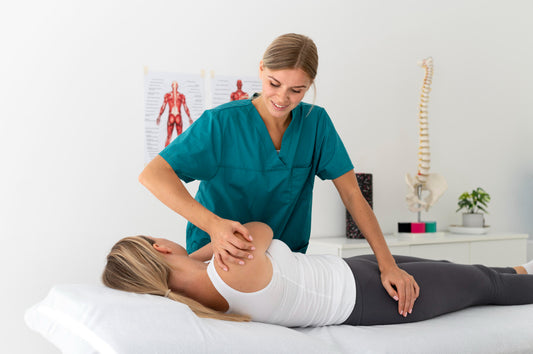Athletes are always looking for new ways to improve their performance. This is especially true for CrossFitters and weightlifters, who push themselves to the limit and beyond. What can you do to make sure you're training hard and avoiding injury? Here is a list of tips on how to train hard and avoid injury.
How to train hard
To train hard, you must focus on the fundamentals of your sport. For example, if you are a runner, you should focus on running technique and form. If you are a weightlifter, you should focus on proper form and technique. But, there are always going to be some people that just don’t care about the fundamentals. In these cases, you should focus on the injury prevention methods. One of the best ways to prevent injury is to take a day off from training every week. You should also focus on stretching and warming up before you start your workouts. You should also focus on proper nutrition and hydration. In the end, it is about finding a balance between the fundamentals and injury prevention.
How to Warm up
A warm-up period is imperative before any athletic or physical performance, the aim being to prepare oneself psychologically and physically for exercise or competition. A well-made warm-up can increase muscle temperature, central temperature, and blood movement, and also dislocate short-lived connective tissue connections. These effects can have the subsequent constructive effects on performance:
- Quicker muscle contraction and relaxation of the agonist (prime mover) and antagonist (opposite) muscles.
- Enhancements in the frequency of force development and reaction time.
- Developments in muscular-based strength and power fabrication.
- Depressed gluey resistance in muscle tissue.
- Enriched oxygen distribution due to the Bohr Effect, whereby greater temperatures expedite oxygen discharge from haemoglobin and myoglobin.
- Augmented blood flow to energetic muscles.
- Heightened metabolic responses.
While the effect of a warm-up on injury deterrence is uncertain, the evidence proposes a positive effect. For instance, increased muscle temperature can increase the resistance to muscle tear due to strenuous physical activity.
How to Avoid Injury
Training hard is a good idea, but it is important to take precautions in order to avoid injury. You should start off slow and gradually increase the resistance if you have never done a particular exercise. If you are new to a particular exercise, you should always start off with a low number of repetitions. It is also important to warm up before you start a workout. If you are just starting out, you should start with a low number of repetitions and gradually increase the resistance.
What exercises to avoid
The best way to avoid injury is to train smart. There are a lot of ways to train hard without putting yourself at risk. One way to train smart is to know what exercises to avoid. Avoid exercises that put you at risk for injury and make sure to do exercises that work different muscle groups. If you're unsure what exercises to avoid, there are some exercises that you should avoid. Some of these exercises are the bench press, the squat, and the deadlift. These exercises are considered dangerous because they put you at a high risk of injuring your back and putting your spine at risk. If you're unsure what exercises to avoid, the best way to find out is to talk to your doctor.
How to prevent injury
Whether you’re a new athlete or an experienced one, you can prevent injury by following these tips.
1. Start off your workout with a warm up.
2. Warm up your body with light cardio.
3. Stretch after your warm up.
4. Stretch before and after your workouts.
5. Always stretch your muscles.
6. Make sure you know the proper form of the exercise.
7. Pay attention to your body and listen to it.
8. Be sure to take a break if you need to, and don’t push yourself too hard.
9. Drink plenty of water.
10. Allow recovery from the workout with proper rest







